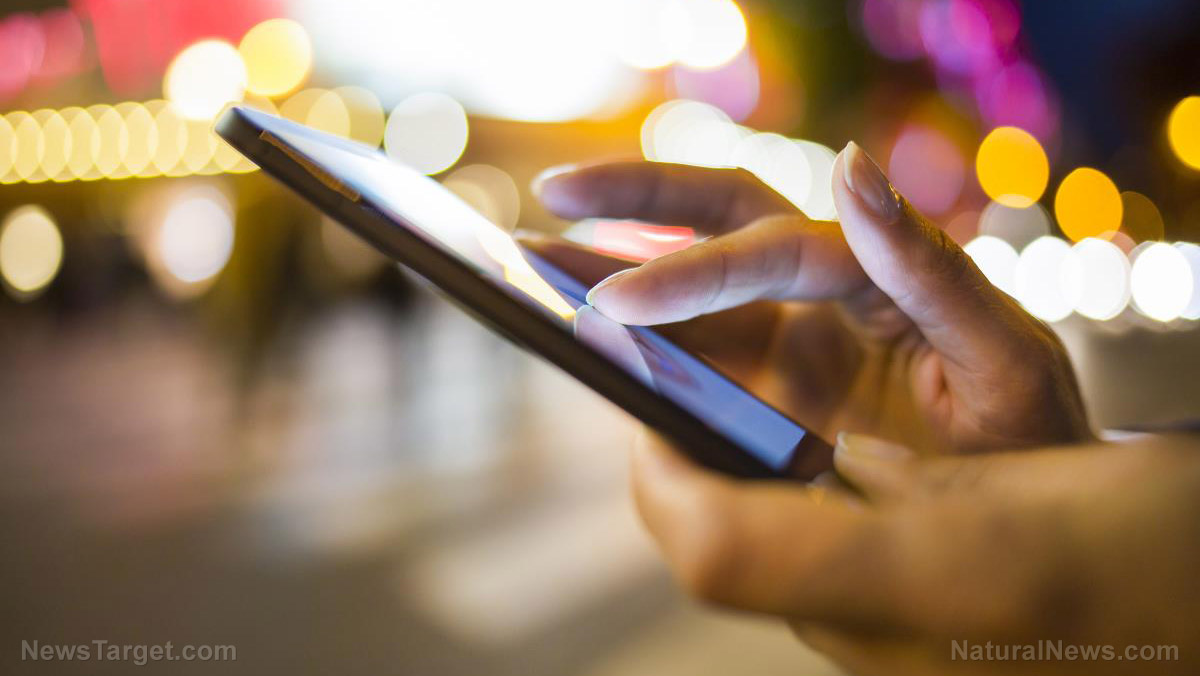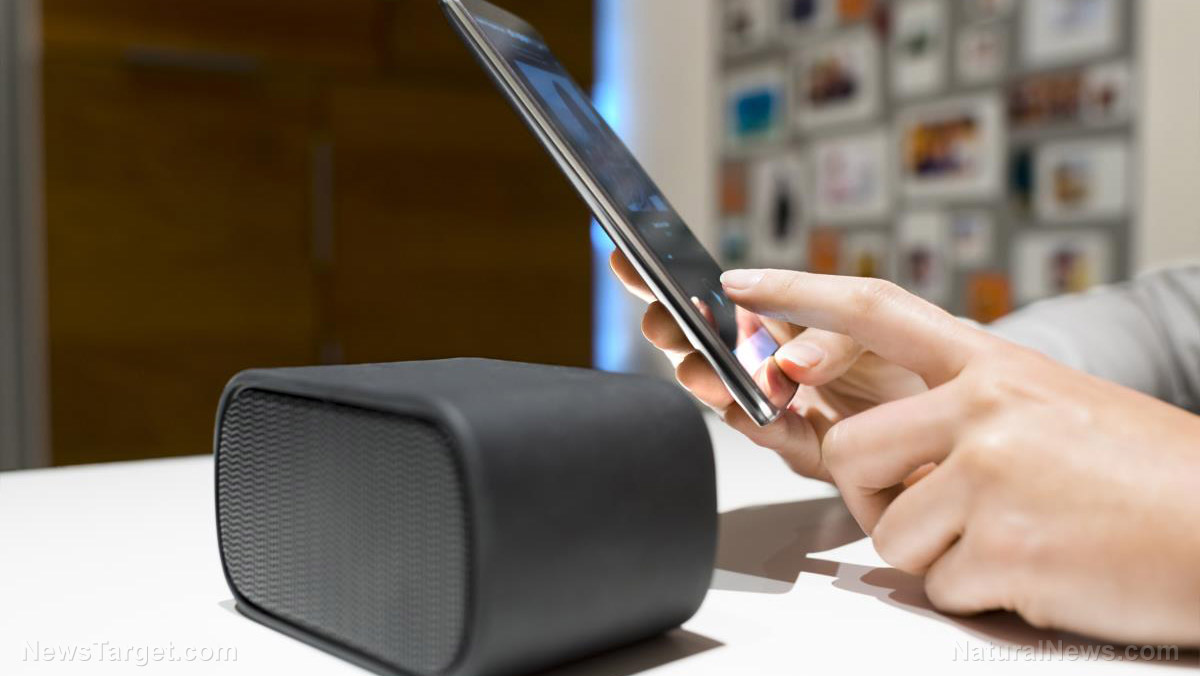
Advertisement
The end is near. For cracked smartphone screens, that is. Thanks to a collaboration between international researchers from the Queen’s University in Belfast, Stanford University, the University of California and the National Institute for Materials Science in Japan, every smartphone and gadget user in the world can stop worrying about cracking their screens.
Published in ACS Nano, the findings revealed a ‘miracle material’ that can solve that annoying — and often expensive — problem when you accidentally drop your device: cracked screens. The breakthrough material will give birth to hybrid screens that can conduct electricity at unprecedented speeds. It will be light, durable, and easy to manufacture on large-scale semiconductor plants.
The team discovered that by combining semiconducting molecules C60 with layered materials like graphene and hBN, they could create a unique and impressive material, one that can pave the way for a new era of smartphone screens. Graphene is 200 times stronger than steel while C60 has properties that will make it possible for phones to become solar-powered.
When combined, the new material offers stability, electronic compatibility, and isolation charge. C60 will make it possible for your phone to convert sunlight to electricity. This means your device can become solar-powered. Imagine how convenient it would be when you don’t have to carry around a power bank and constantly worry about having enough power to last you through the day.
With this on your smartphone (or other device) you don’t have to worry about times when you unknowingly drop your phone or sit on it. Nothing is more frustrating than typing or reading through a cracked screen, which is why the creation of this new material is great news.

“Our findings show that this new ‘miracle material’ has similar physical properties to silicon but it has improved chemical stability, lightness and flexibility, which could potentially be used in smart devices and would be much less likely to break,” said Dr. Elton Santos of the Queen’s University. The combination, when installed on a device like a smartphone, will offer a string of special features like using less energy, which means your phone won’t require constant recharging.
“This cutting-edge research is timely and a hot topic involving key players in the field, which opens a clear international pathway to put Queen’s on the road map of further outstanding investigations,” he added.
The collaboration started out as a dream project. Dr. Santos previously theorized that the combination of graphene, hBN, and C60 would create something with impressive new physical and chemical properties. “It is a sort of a ‘dream project’ for a theoretician, since the accuracy achieved in the experiments remarkably matched what I predicted, and this is not normally easy to find,” he shared. He then reached out to his collaborators professor Alex Zettl and Dr. Claudia Ojeda-Aristizabal to discuss his findings and realized that there was a strong synergy between the theory and experiments in the project.
“By bringing together scientists from across the glop with expertise in chemistry, physics and materials science we were able to work together and use simulations to predict how all of the materials could function when combined – and ultimately how these could work to help solve everyday problems,” shared Dr. Santos.
There are still some issues, however. One of them is that architecture of graphene and the new material lacks a ‘band gap’, which is the key to the on-off switching operations found on electronic devices. They’ve found a potential solution: transition metal dichalcogenides (TMDs). These are chemically stable and have large sources for production and band gaps that can match Silicon.
The discovery of this ‘miracle material’ is just one of the several attempts to develop technology geared towards a more durable and functional electrical device. Earlier this year, chemists at the University of California at Riverside and the University of Colorado have created a material that heals itself while another team of Brit scientists invented an unbreakable mobile phone display.
You can read more articles like this when you visit Robotics.news.
Sources include:
Submit a correction >>
This article may contain statements that reflect the opinion of the author
Advertisement
Advertisements















